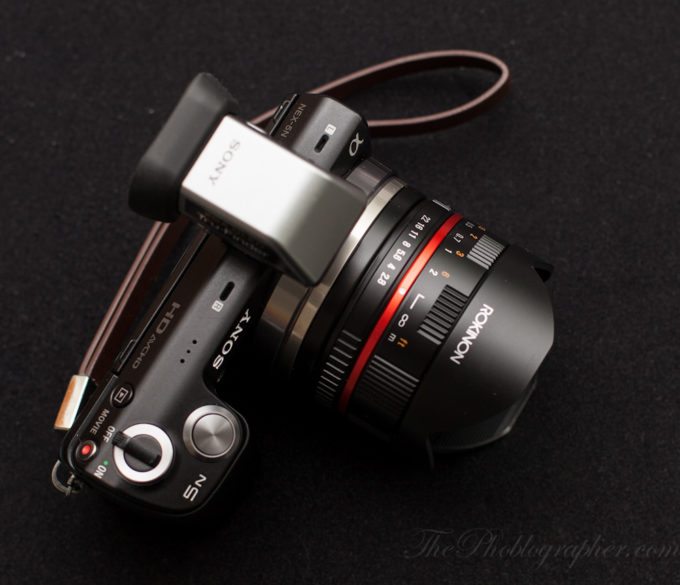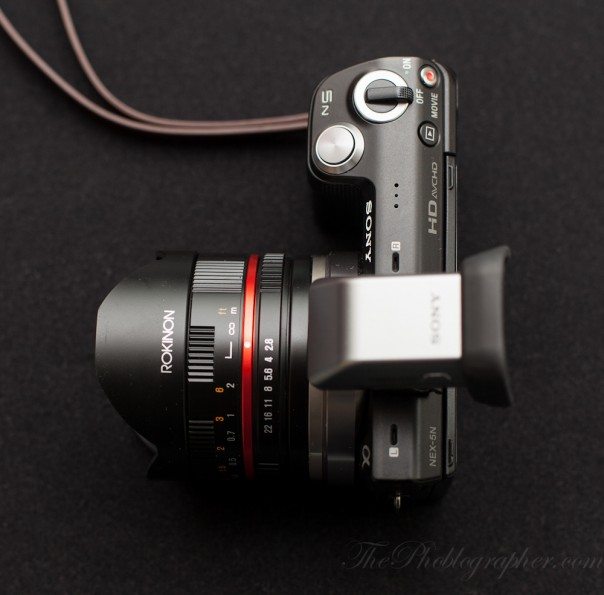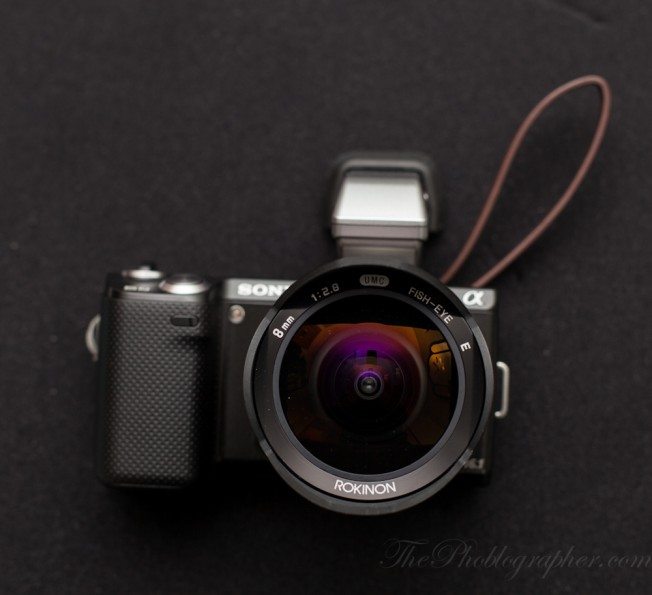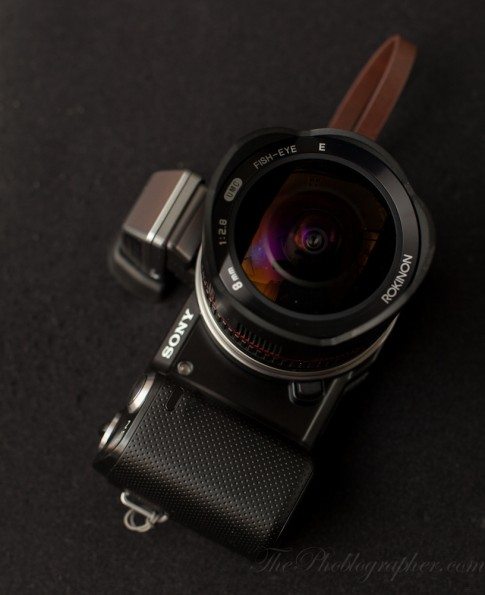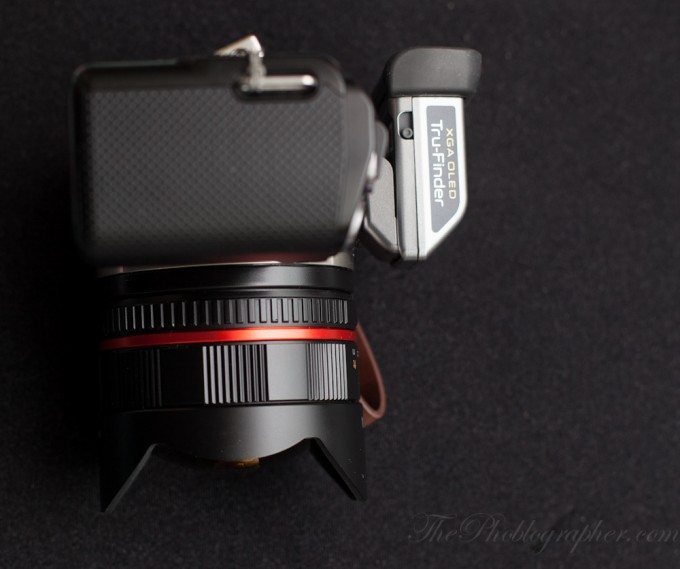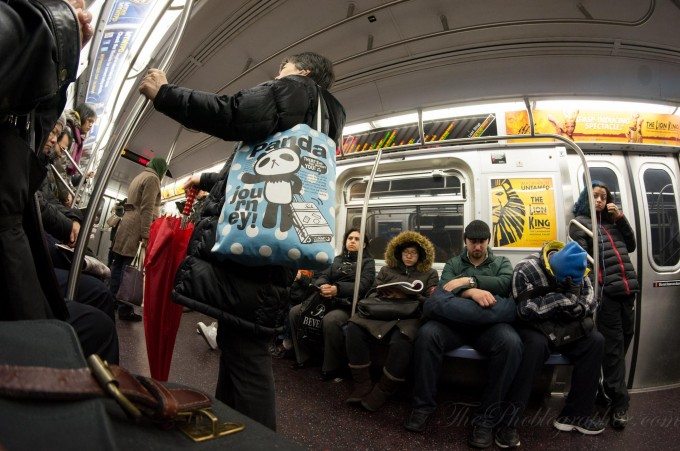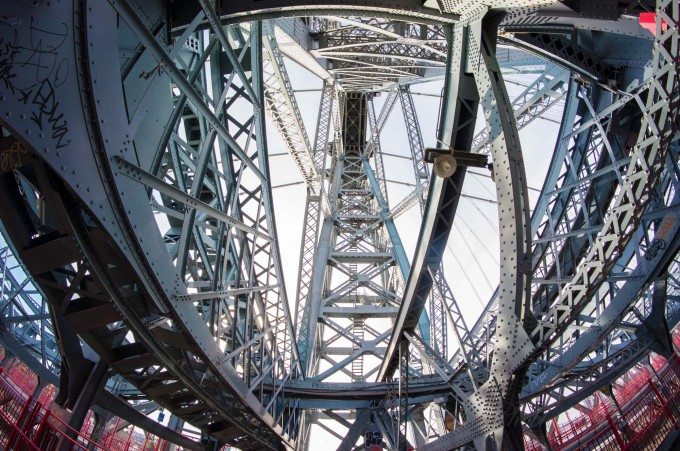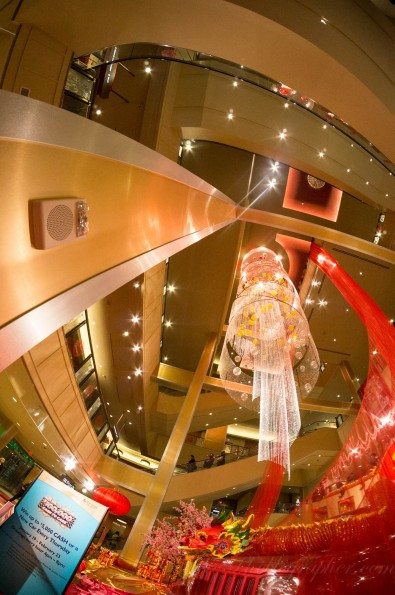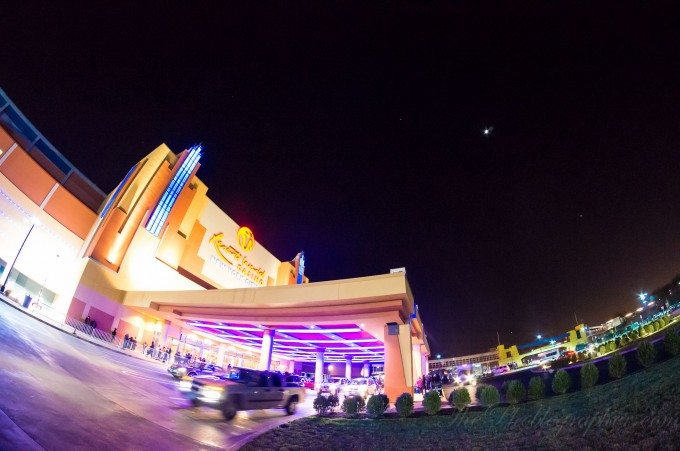After getting our hands on the Rokinon 8mm f2.8 for review, we were fairly impressed with how well it performed. After weeks of use, the little lens actually almost stayed glued to the NEX 5n not only because of its size but also because of how simple it was to use.
But like all lenses, it had its quirks.
Editor’s Note: some info is directly from the Hands on Review.
Ergonomics
The Rokinon 8mm f2.8 is not only a small lens, but it’s super light and very well balanced with the Sony NEX 5n. In fact, it feels like it was designed to be used with the camera. When in the hand, it feels so much like an old vintage SLR camera with its small aesthetics and size.
One of the beautiful things about the lens is its aperture ring. In order to use the lens, you’ll need to set the camera to shoot without lens mode (or release.) What I did was set it to aperture mode and controlled all that via the lens ring.
Then I turned on the focus peaking mode and just shot.
Of course, the front element is bulbous. That means that you won’t be able to put a filter on it and in fact, putting the lens cap on will be tougher for those not careful as I discovered with a friend of mine.
The lens is actually extremely small and that only helps to compliment the entire package. With Sony’s own lenses, the entire kit can’t fit into a jacket pocket. That isn’t so with the Rokinon lens. This combo is so small and ergonomically friendly that it could very well become a companion package for any photographer invested into the NEX system.
Additionally, the lens doesn’t protrude out that much. When the NEX series was first announced, reviewers stated that the grips were not the most ergonomical and they were too bulky. That has changed though, and the 5n’s grip is nice but remains relatively small. And when the package is held in your hand, you’ll also notice that the lens actually doesn’t protrude as far as as other lenses. Indeed, this package can be shot and held with one hand (though we wouldn’t always recommend it.)
Focusing
All focusing with this lens is done manually via the very large and well built focusing ring. Unfortunately, there is no depth of field preview scale but there is a distance scale. However, I tried focusing all with Sony’s peaking function, which seemed to work fairly well but still not the best from my initial tests.
After lots of use, I found that it is because the lens is a bit soft wide open. Once stopped down to F5.6 or F4, you’ll have no problems at all. Additionally, to get the best results you’ll need to use Sony’s peaking function and the magnification function together.
Image Quality
Of any lens I’ve used for the NEX system, I have to say that I think Rokinon nailed the sharpness and color rendering better than anything I’ve previously seen. However, the lens needs to be stopped down to F5.6 in order to get these results. Otherwise, you won’t necessarily see the same magic that I did.
We posted some of the results on our Facebook page before, and you readers seemed to really like the images. Additionally, Rokinon themselves posted images.
8mm on the Sony NEX 5N equates to around 12mm due to the APS-C sensor crop factor of 1.5x. 12mm is extremely wide. The distortion levels, though while obviously there, are actually very acceptable and can be seen as being well controlled by the lens. Indeed, Rokinon did an excellent job with this one.
When performing a sweep Panorama with the Sony NEX cameras, you’ll often get some very weird and wacky results like the image up above.
Here’s what I was talking about before with the distortion lines. Sure, you’ll see some major curves but they are generally accepted and almost look a bit normal. I saw this as well when I tested the Canon 8-15mm f4 L fisheye out.
Also be warned that this lens is not the same as the lens meant for Nikon DSLRs but just made smaller. Nope, this is a faster aperture lens that is sharper and also much more accurate when it comes to focusing.
Ergonomically speaking, just remember to not get your finger in the shot as I did in the bottom right.
The other weird thing that I saw was that when some subjects were very far away, almost no distortion happened at all. Take the image above for example. It’s just super wide and there isn’t that much distortion.
Additionally, there is no vignetting at all: which is perhaps one of the most marvelous features of this lens. A good reason for this is most likely due to the crop factor. But that only makes me more curious to see what would come with a full frame sensor.
Color rendering for the lens is also spot on. Plus, almost nothing could make it flare at all.
Ease of Use
When using this lens with the Sony NEX 5n and OLED viewfinder, it can sometimes be hard to remember to focus. At times the camera will tell you that everything is in focus when it indeed isn’t. You’ll often need to stop the lens down or use the magnification function.
However, it’s a joy to use with the aperture ring around the lens and the back dial controlling your shutter speed when needed. Alternatively, you can shoot in aperture priority and just remember to adjust the controls via the lens.
Indeed, more lenses for the NEX system should be made like this: small, ring around the lens, sharp, well built, and with excellent color.
Conclusion
If I owned a Sony NEX camera system, the Rokinon 8mm f2.8 would be an essential lens for me. Though fisheye lenses are generally specialized lenses, this one was such a joy to use that I would keep it on all day and all night. It would inspire me to find skaters in NYC and get up close and personal. Plus, it often did inspire me to try new angles and get my timing better to capture those perfect moments. And overall, it’s just so much fun to use.
Sitting there and manually focusing and ensuring that your subject is tack sharp also makes one feel prouder about the images they took because they spent some extra time getting it right. And when you do, the rewards are simply astounding.
We’ve also tested the 7.5mm lens for Micro Four Thirds, and while we also recommend that lens, we feel that this version for Sony blows the others away. In fact, it ranks right up there with Canon’s recent fisheye zoom.
Please Support The Phoblographer
We love to bring you guys the latest and greatest news and gear related stuff. However, we can’t keep doing that unless we have your continued support. If you would like to purchase any of the items mentioned, please do so by clicking our links first and then purchasing the items as we then get a small portion of the sale to help run the website.



